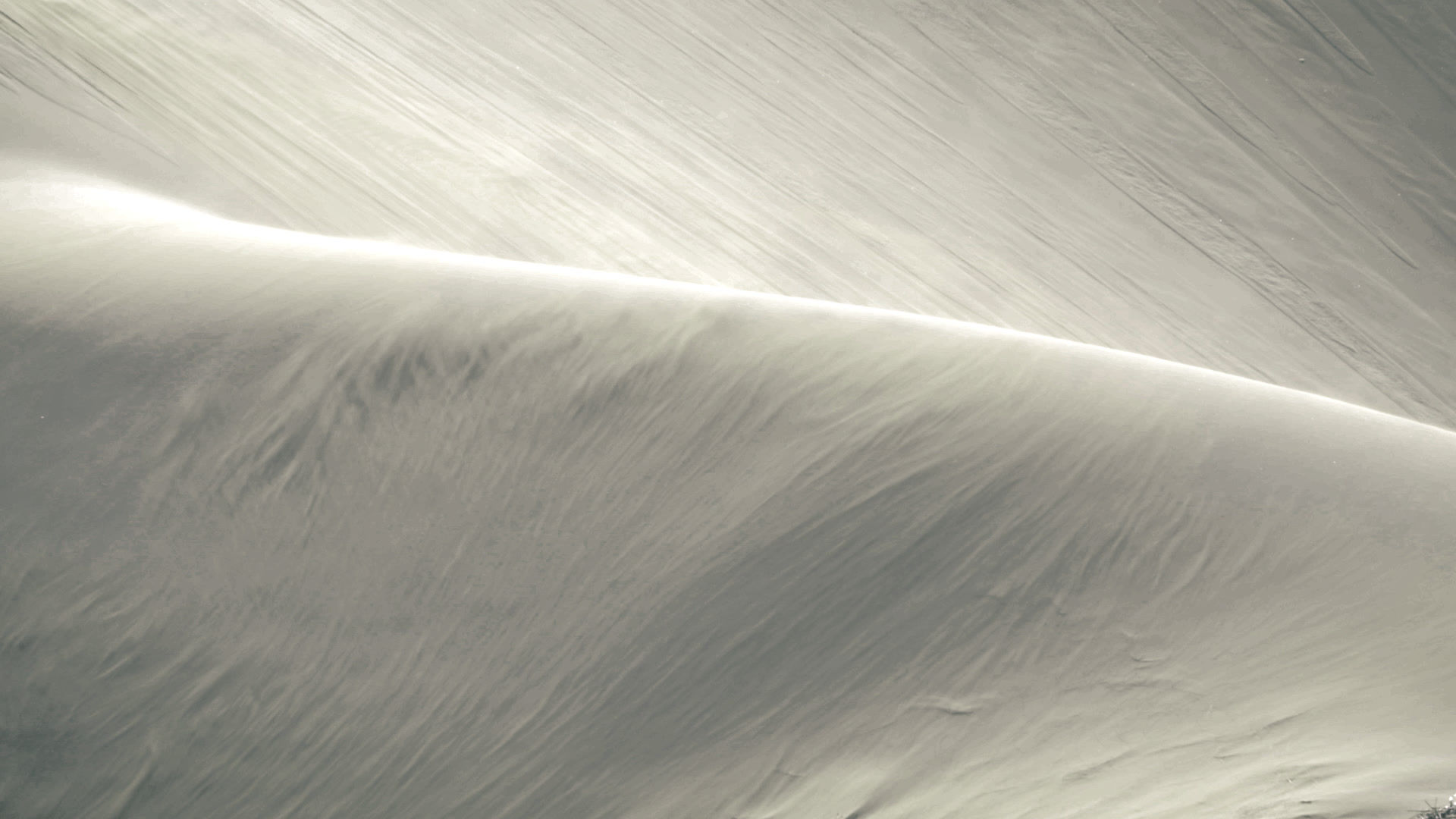


Fa Jin -
Terminologie und Grundprinzipien der Anwendung (Fa) innerer Kraft (Jin)
The expanding, filling (Peng) power of Qi, the continuous process of releasing (Song), and the pursuit of central balance (Zhong Ding) are fundamental concepts that play a central role in internal martial arts, particularly in Tai Chi (Taijiquan).
Together, these three elements create a state of being in which body and mind are fully in harmony—a state also known as "Central Harmony" (Zhong He).
Peng (Jin) and the Power of Expansion
"Peng" refers to the ability to activate and expand Qi (life energy). This force is not only physical but also an energetic expansion that flows through the entire body. It generates a strong yet soft energy that can be felt in both movement and stillness within Taijiquan.
Peng allows one to effortlessly maintain or deflect external resistance without compromising the structural integrity of the body.
Song – Releasing and Relaxation
"Song" means relaxing the body and eliminating any unnecessary tension, no matter how subtle.
It is a continuous process of interoceptive release, allowing the body to enter a state of openness and flexibility. When the body "lets go," Qi flows more efficiently, enabling it to maintain proper posture and structure while responding to changes and external forces without self-imposed restrictions.
Zhong Ding – Central Balance
"Central Balance" refers to a stable, calm center that allows the body to move freely in all directions without losing its structure or alignment. Zhong Ding is not only a physical state of balance but also a mental state of equilibrium. It is the condition in which the body is both soft and strong, and all movements are controlled and fluid.
Zhong He – Central Harmony
Central Harmony is the state in which the three principles—Peng, Song, and Zhong Ding—are in perfect alignment. The body remains both stable and flexible, with movements that are precise yet harmonious. In this state, the body flows seamlessly with energy, and every movement becomes an expression of this inner harmony.
Goals & Results
1) Coordinated Movement and Effortless Power
These principles lead to movements that are both highly subtle and extremely precise. The entire body works in unison, with every muscle group and motion perfectly synchronized. This internal and whole-body coordination ensures that movements are not only effective but also efficient. Energy is distributed in all directions, creating an omni-directional balance that allows the body to respond flexibly and appropriately to any external changes.
2) The Mobilization of Qi and the Development of Inner Power
"Jin" (inner power) is directed through awareness (Yi) into pathways, points within one's own body, into a partner, or into space to generate power with unique qualities. Jin becomes accessible when the body is aligned and relaxed according to the principles, and when the state of consciousness is brought into balance. It adapts fluidly and dynamically to the movement and physical force of an opponent or training partner to achieve the desired outcome.
3) The "Magical" Power of Transformation
The resulting "magic of internal martial arts" is the ability to generate enormous force with minimal physical effort and concentration. This is not a myth but a description of internal power in martial arts. Classical Taijiquan texts describe this as the ability to overcome a force of 1,000 pounds (approximately 600 kg) with just 200 grams (about 4 teaspoons) of pressure. This does not mean one can literally lift such a weight with so little effort but rather that, through minimal energy expenditure, one can mobilize the entire internal force to overcome a significantly larger external force.
By transforming Qi, one's energy is utilized so efficiently and precisely that it can surpass even the strongest external force of an opponent.
Conclusion
In summary, by harmonizing Peng, Song, and Zhong Ding within the Central Harmony (Zhong He), practitioners develop unusual abilities—not only physically but also in the ability to direct energy and execute movements with the highest level of precision.
The true "power" in Taijiquan is therefore a subtle yet potent form of energy, arising from a deep understanding of the body, its internal mechanisms, and the interconnection of body and mind.
(Andreas Brandl, 2025)